EXPERT
DOWNLOAD
OVERVIEW
The VRIC is consolidating in Mexico. In the past month, Mexico City hosted the ongoing negotiations between the Venezuelan opposition and the regime and welcomed Cuba’s dictator Miguel Díaz-Canel, and his Venezuelan counterpart, Nicolás Maduro, to the annual heads of state summit of the Community of Latin American and Caribbean States (CELAC).
The Venezuela negotiations in Mexico, facilitated by Norway, with Russia, Bolivia, and Turkey aiding the Maduro regime – have resulted in two partial agreements, one of which opens a possibility for the regime to expand into neighboring Guyana. The agreement “ratifies the defense and sovereignty” of Venezuela over the disputed territory Essequibo, which covers two-thirds of Guyana, placing the Venezuelan opposition at odds with two of its most important allies, the United Kingdom and the United States. This comes as Russia and Iran are augmenting the Maduro regime’s military with advanced drones and electronic warfare, already being used on the border with Colombia.
Prior to the CELAC’s 6th Summit of Heads of State and Government on September 16, Mexico City also hosted the 2nd CELAC-China Ministerial Meeting on Agriculture on February 25, followed by a national coordinator’s meeting on June 30 and the CELAC ministerial meeting on July 24. Months in the making, these smaller regional meetings were meant to pave the way for a successful coming-out moment for Cuba and Venezuela at the main CELAC summit in September.
But rather than integrating Cuba and Venezuela into the regional bloc, the CELAC summit in Mexico served to further divide the region as several heads of state condemned the presence of Maduro and Diáz-Canel in what is supposed to be a meeting of regional democracies. President Mario Abdo Benítez, of Paraguay, was firm in reiterating his country’s policy of not recognizing Nicolás Maduro as the constitutional head of state in Venezuela. While Uruguayan President Luis Lacalle Pou responded to criticisms by Diáz-Canel with a reminder that, unlike Cuba, his country has a democratic process for political opposition to speak against his government, and then quoted a lyric from the song “Vida y Patria,” which has become an anthem for the politically repressed in Cuba.
More than rhetorical differences, however, the most notable fissure during the high-level meeting in Mexico was when Nicaragua, a prominent member of the Bolivarian bloc, voted against having Argentina as the next president pro tempore of CELAC. Managua’s foreign minister went as far as labeling the Alberto Fernandez government of Argentina as “an instrument of imperialism” in the days leading up to the CELAC summit. The recent primary defeat of the ruling coalition in Argentina has catalyzed a potential break up between the Kirchneristas and the Peronists which may have been reflected in the Mexico meeting as Nicaragua’s Ortega-Murillo regime is closer to Cristina Kirchner of Argentina.
Differences aside, the CELAC meeting in Mexico, is clearly an attempt by the Bolivarian Network to isolate the United States from Latin America and the Caribbean, and potentially replace the Organization of American States (OAS) and its Inter-American Democratic Charter. The OAS as an “interventionist tool” is a false narrative often repeated by some leaders at the CELAC meeting with no mention of China, Russia, or Iran’s intrusion in the region. Meanwhile, China is finalizing plans for its third joint naval exercise with Russia and Iran to take place in the Persian Gulf in late 2021 or early next year, building joint military capabilities that are undoubtedly coming to the Caribbean in the not-so-distant future.
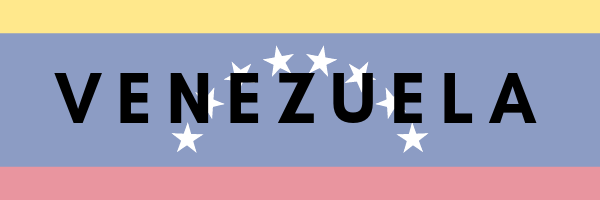
After hitting rock bottom, the Venezuelan economy has stabilized enough for the Maduro regime to try and attract foreign investment, an effort led by Petroleum Minister Tareck El Aissami who recently met with the head of OPEC. This opens a door for VRIC nations to increase their industry influence through foreign capital flows, while criminal groups further entrench themselves in Venezuela.
Meanwhile in Mexico, the Maduro regime sent a delegation led by National Assembly President Jorge Rodriguez, to talk with the Venezuelan opposition now called the Plataforma Unitaria in a high-level negotiation facilitated by Norway. The initial sessions, which ended on September 6, produced two preliminary agreements, one on humanitarian assistance; and the other, a more strategic agreement, endorses the defense and ratification of the Essequibo disputed territory between Venezuela and Guyana. Talks are set to resume this weekend.
Across the Atlantic, Cape Verde authorities approved the extradition of Alex Saab to the United States, prompting a reaction from Russia threatening that, if executed, it would hamper the negotiations in Mexico. Jorge Rodriguez took things a step further and announced that the regime is appointing Alex Saab as a member of their negotiating team in Mexico. China also chimed in to defend Saab, showing the importance that the Maduro regime super facilitator has for the VRIC.
While the negotiations are ongoing in Mexico, Nicolás Maduro is focused on solidifying the Bolivarian Network abroad as evident on June 24 when he skipped the symbolic anniversary of the Battle of Carabobo, an important event in Venezuela’s military history, to attend the annual summit of the Bolivarian Alliance or “ALBA” hosted in Caracas. This was in anticipation of Maduro’s presence at the recent CELAC heads of state summit in Mexico City on September 18, where President Andrés Manuel López Obrador railed against the OAS calling it an “interventionist tool” of the United States.
Elsewhere in the region, fissures are erupting within the Bolivarian Network after the ruling Peronist-Kirchnerista coalition in Argentina, Frente de Todos, lost 1.2 million votes, compared to the 2019 election. Argentina’s primary elections introduced a new political party, Avanza Libertad, as ideological allies of the opposition coalition, Juntos por el Cambio. While these primary results aren’t definitive, they are a good reading on voter preferences ahead of the upcoming November midterm elections in Argentina.
Click here to read media reports on the Bolivarian Threat Network from August to September 2021 or here to read the media reports from June to July 2021
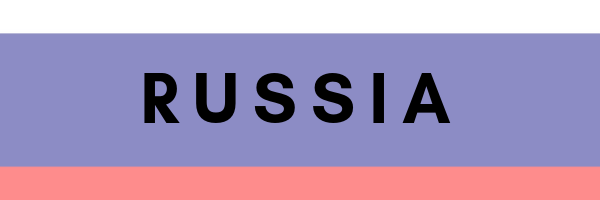
Russia’s vaccine rollout in South America is centered on a joint venture with Brazil’s largest pharmaceutical company, União Química, to produce the Sputnik V. Last month, President Pedro Castillo revealed plans for Peru to host the second regional Sputnik vaccine plant in the region. This came shortly after the Peruvian Congress approved a resolution that ratified the 2017 bilateral agreement between Russia and Peru to protect sensitive information related to its technical-military cooperation.
Further south, Moscow has amped up nuclear energy cooperation in South America. In Argentina, Russia advances on plans to build a nuclear plant in Argentina by inviting officials to visit the Rosatom floating plant in Siberia. In Bolivia, construction continues on the Center for Nuclear Technology Research and Development (CNTRD) as Bolivia’s Energy Minister Franklin Molina Ortiz met with Rosatom officials to confirm that the Multipurpose Irradiation Centre, a component of the CNTRD, will start operations in 2021.
Beyond nuclear cooperation, Russia is seemingly increasing its intelligence efforts in Latin America, through both electronic and human intelligence. In late June, Russia’s Foreign Minister Sergei Lavrov welcomed his Venezuelan counterpart Jorge Arreaza in Moscow to confirm the Russian Federations’ support of the Maduro regime’s defense and intelligence sector. This comes as both Colombia and Brazil have detected Russian intelligence stations along their respective borders with Venezuela possibly engaged in electronic warfare and espionage. A concern that has persisted since 2019, when Colombia tracked unusual movements of diplomatic personnel at the Russian embassy in Bogota, leading to the expulsion of 21 “diplomats” in December of last year.
As Russia impedes on the sovereignty of some countries in South America, in Central America it vehemently denounces alleged attempts at meddling in Nicaragua’s domestic affairs. This comes as the Ortega-Murillo regime has jailed at least 27 members of the political opposition, including all seven of the presidential candidates in the upcoming November election in Nicaragua. Doubling down on its support for the Ortega-Murillo regime, Moscow signed a new international information security agreement to conduct joint criminal investigations with new information technologies. An obvious concern for more human rights abuses in Nicaragua.
Click here to read media reports on Russia in LAC from August to September 2021 or here to read the media reports from June to July 2021
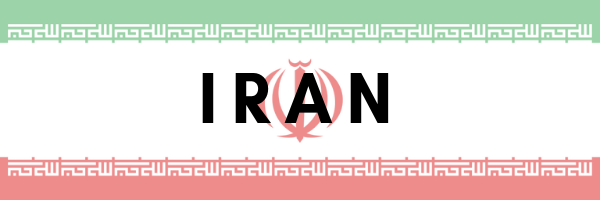
The swearing-in of Iranian President Ebrahim Raisi in early August was quickly followed by meetings with Bolivian and Nicaraguan state officials, while President Raisi proclaimed shared values with the Bolivarian Network in a meeting with the ALBA Secretary-General, Sacha Llorenti. Iran has also cozied up to the Brazilian Congress with bilateral meetings in Brasilia to discuss trade cooperation in the mining industry.
Like in Peru, President Raisi’s new cabinet raises many alarms. Most concerning is Ahmad Vahidi, the new Minister of Interior, and the new Vice President for Economic Affairs, Mohsen Rezae, who both have an Interpol red notice for their role in the 1994 AMIA bombing in Argentina.
Meanwhile, covert action possibly linked to the Islamic Revolutionary Guard Corps (IRGC) continues in South America. In Colombia, a Syrian-Venezuelan dual national, Samer Al Hasanieh, was deported from the country on August 25 after allegedly spying on military bases in the Madrid, Funza, and Mosquera municipalities. This comes after another Syrian national, Naman Wakil, was arrested in Miami in early August for a money-laundering scheme involving Venezuela’s state-owned oil enterprise, PdVSA, and its state-controlled food company, CASA. Two days later, on August 27, an alarming assassination plot was foiled by Colombian authorities that involved Rahmat Asadi, an Iranian fugitive with suspected ties to the Qods Force of the IRGC. According to El Tiempo, a Colombian newspaper, Asadi recently contracted two Colombian nationals to carry out a hit on a couple of Jewish businessmen in Bogota, in a plot similar to a kidnapping and killing carried out by Asadi in 2014 against a British-Iranian businessman in Dubai.
Lastly, the arrest of a suspected Hezbollah financier sent shockwaves in the Tri-Border Area. Kassem Mohamad Hijazi, a prominent despachante in Ciudad Del Este, was also sanctioned by Treasury’s OFAC, along with two others and five entities, for an alleged corruption and money laundering scheme with global implications. Hijazi’s extradition to the U.S. is still pending.
Click here to read media reports on Iran in LAC from August to September 2021 or here to read the media reports from June to July 2021
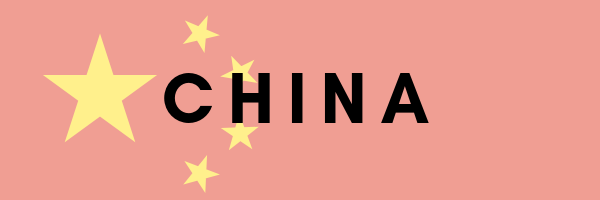
China’s medical diplomacy in Latin America is wavering. A scaled-back China coronavirus vaccine rollout is taking root, as Brazil has halted negotiations with Sinovac, and other countries debate the efficacy of the Chinese state-sponsored vaccine. Other nations, however, are still convinced. Chile is the next location for a Sinovac plant and officials say local vaccine production could start as early as 2022. Making up for lost ground, China is focusing its diplomatic efforts on advancing infrastructure projects with strategic purposes in the region.
El Salvador is the latest focal point for China. San Salvador’s last government was asked to cede 7,000 hectares to China to create a logistics center in exchange for the development of a Special Economic Zone (SEZ). Now, President Bukele looks to imitate those plans in more than 25 municipalities throughout the country. Experts say this move will affect Honduras’ exit from the Gulf of Fonseca.
Further south China continues work on its Chancay port complex in Peru, which is being dubbed the PRC’s most important trading terminal with South America. Although met with backlash from the port’s villagers and environmentalists in Peru, Chinese state-owned company Cosco Shipping Ports signed a contract for the construction of the port in late May. And in Argentina, China’s Ganfeng Lithium aims to invest in a lithium plant in the same province where the Mariana lithium brine project is already underway.
Lastly, now that Venezuela’s economy is slightly rebounding, China has returned to the aid of the Maduro regime by sending Chinese engineers for maintenance and repair at five joint venture facilities in Venezuela. Meanwhile, a sanctioned Chinese logistics firm, China Concord Petroleum Co or “CCPC” is playing a central role in chartering ships that carry more than 20 percent of Venezuela’s total oil exports to China and using this same shipping network to carry oil from Iran.
Click here to read media reports on China in LAC from August to September 2021 or here to read the media reports from June to July 2021
Click here to read media reports on VRIC Medical Diplomacy from August to September 2021 or here to read the media reports from June to July 2021
Disclaimer: The VRIC Monitor does source a limited amount of media reports from state-owned or -controlled media outlets from VRIC nations. These media reports are carefully selected and solely intended to report on cultural, diplomatic, economic, or military activities that are not reported on by other media and relevant for understanding VRIC influence in the region. Given the inevitability that state propaganda will be mixed into these articles, we ensure that reporting from state-media outlets is no more than 20 percent of the overall VRIC Monitor and exclude any opinion pieces or anti-US (anti-West) declarations of any kind.

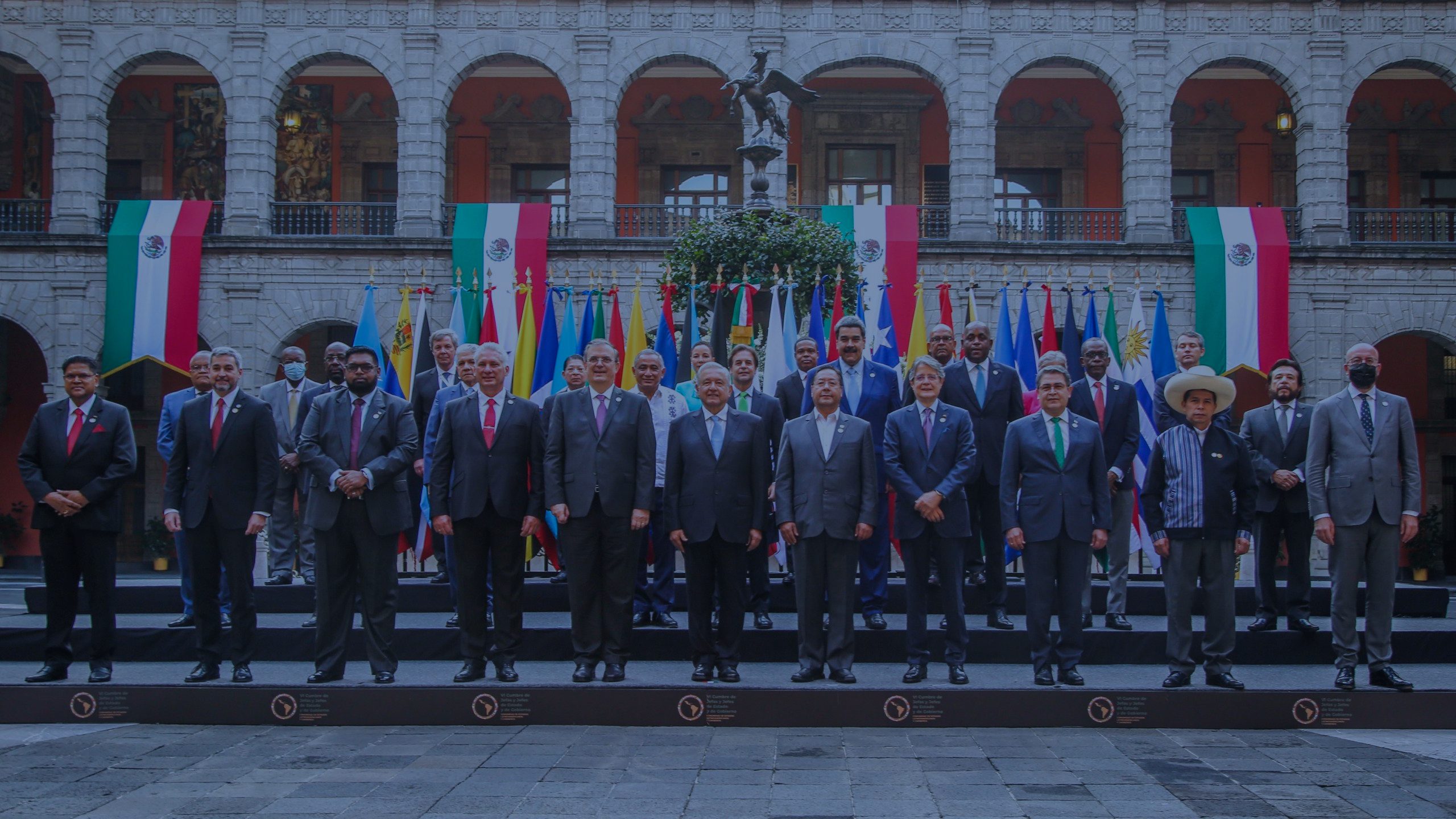
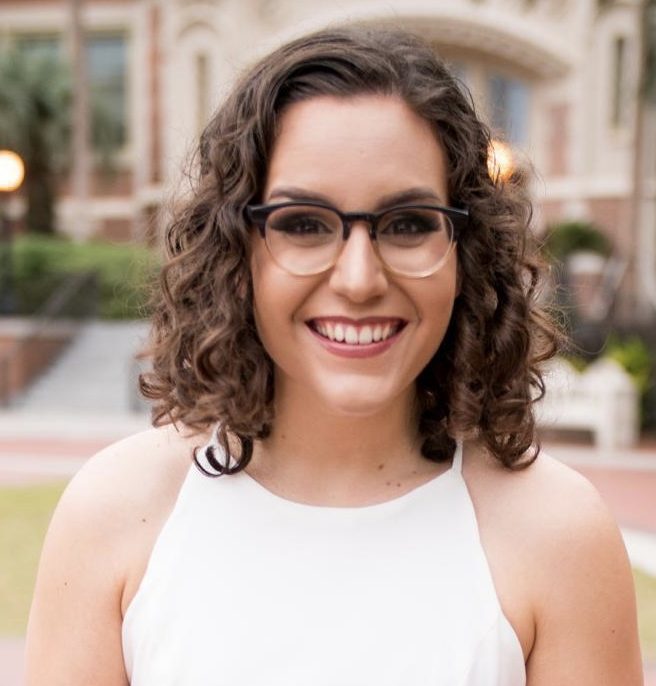 Christina Armes Hunter
Christina Armes Hunter